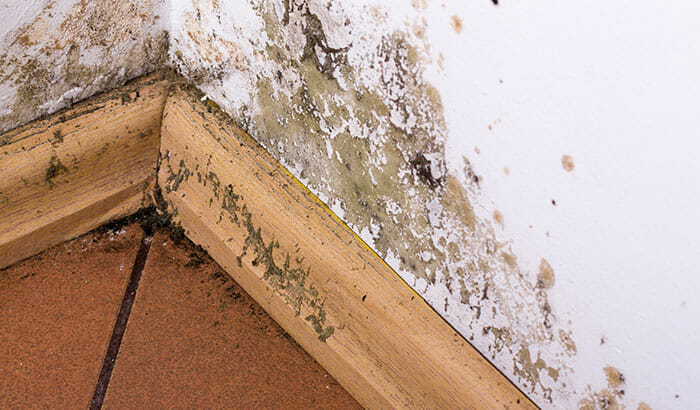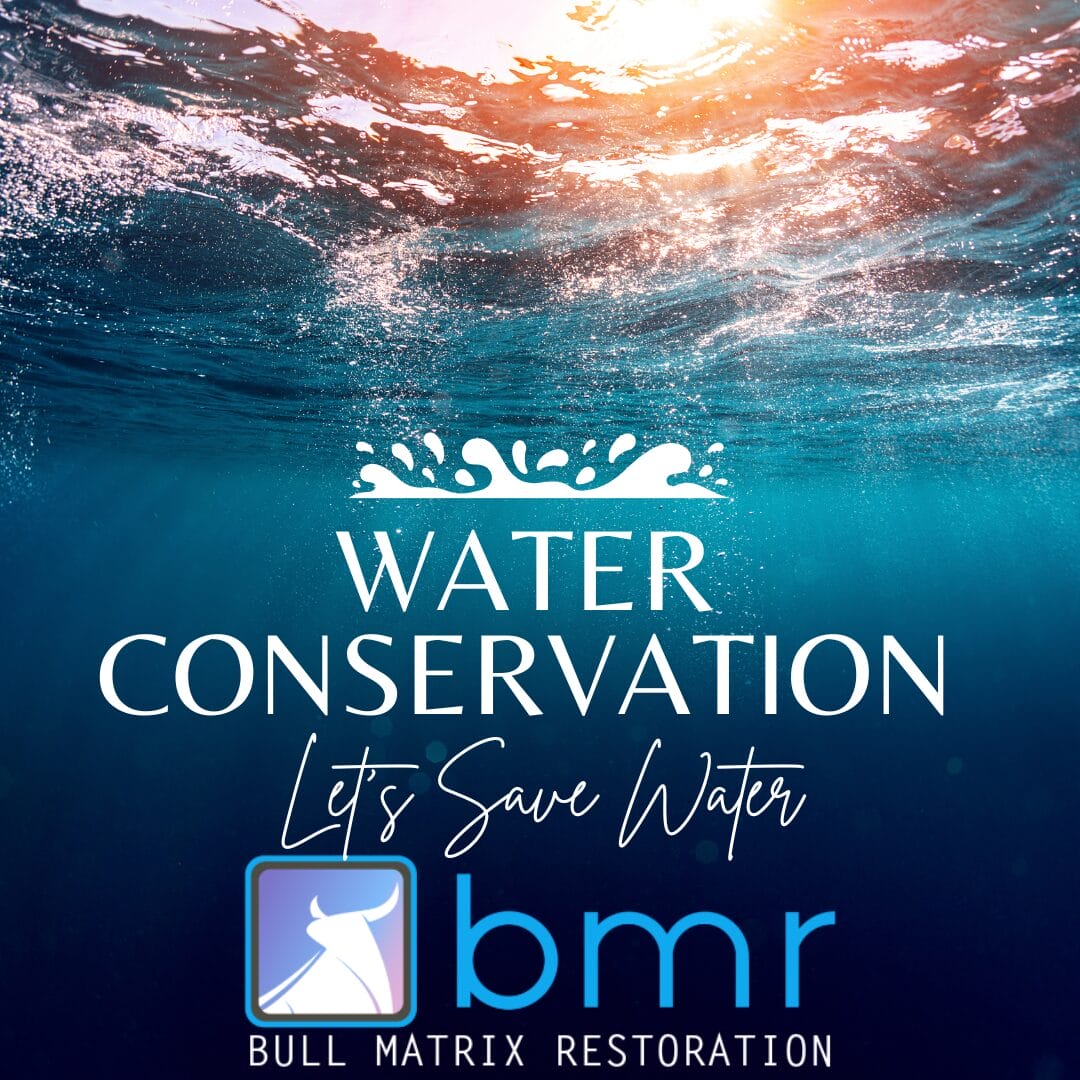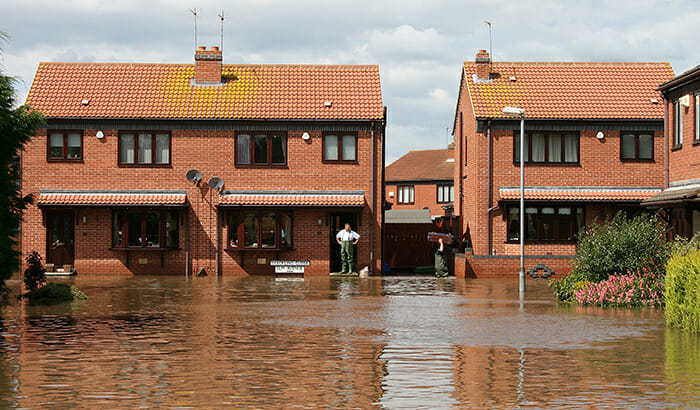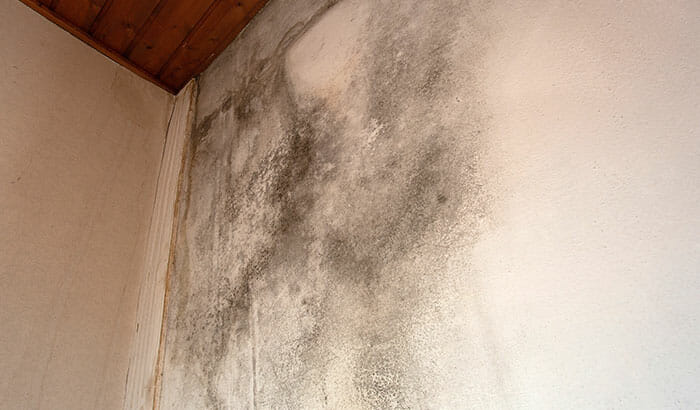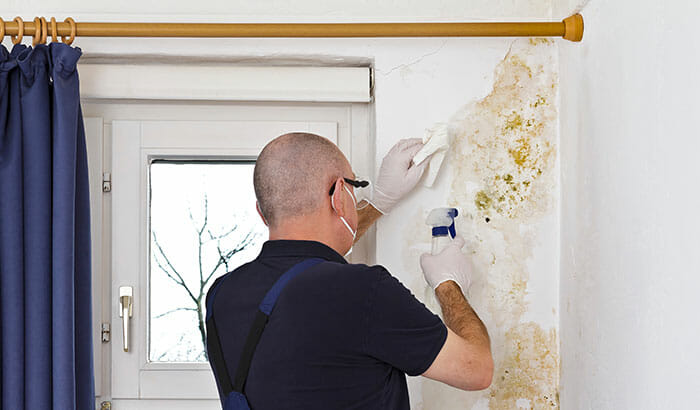Water damage is a hassle nobody wants to deal with. The last thing you want to think about after a flood or leak is mold growth. Unfortunately, if left unaddressed, mold can grow quickly and cause serious health problems and property damage.
Don’t let mold turn a minor inconvenience into a major headache. In this article, we’ll take a deep dive into the world of water damage and mold, breaking down the key factors that contribute to mold growth and providing you with the knowledge and tips you need to tackle this problem head-on.
Water Damage Requires a Prompt Response
You shouldn’t take water damage lightly. A sudden flood or leak requires immediate attention, as mold can rapidly develop from water damage and become a serious concern if left unattended. You must take prompt action to prevent the growth of mold.
To effectively prevent mold growth, it’s crucial to have a good understanding of the factors that contribute to its development. By knowing these key drivers, you’ll be better prepared to keep mold from growing in the first place.
Factors that Affect Mold Growth
The two most significant factors that drive mold growth after water damage are temperature and humidity.
In general, mold thrives in warm and moist environments. So, if you’re dealing with water damage in a warm, humid climate, you’ll need to act fast to prevent mold growth.
On the other hand, if you’re dealing with water damage in a cooler, drier environment, you may have more time to respond. But make no mistake, even in these conditions, mold can still grow rapidly if left unchecked.
By staying aware of the temperature and humidity levels in your home or business, you can get ahead of mold growth and take the necessary steps to prevent it from taking hold.
How Fast Does Mold Grow?
There are a few different factors that can either speed up or slow down mold growth, but mold can grow quickly no matter what. On average, you may see mold growth within 24-48 hours after water damage.
Because mold can grow after just a day, it’s important to act fast and address water damage issues as soon as possible. You can prevent mold growth and minimize any damage by taking prompt action.
Types of Mold That Can Grow
In that short amount of time after a flood or leak, various types of mold may flourish.
Examples of frequent mold varieties are black, green, and white. Each type may have unique health impacts and demand certain methods to eliminate them. Regardless of the specific type of mold, it’s essential to take all necessary measures to stop its growth.
How to Tell if I Already Have Mold Growing
Identifying mold growth after water damage is key to taking prompt action and preventing further damage. However, mold can be tricky to spot, as it can grow in hidden areas like behind walls or in your air ducts.
Some common indicators of mold include a musty odor, visible discoloration on walls or surfaces, and the presence of mold spores in the air. If you have mold, contact a specialist to assess the area damaged by water.
Health Effects Caused by Mold Exposure
Exposure to mold that grows after water damage can seriously affect your health, so it’s important to be aware of those effects. In general, mold exposure can cause headaches, respiratory issues, skin irritation, and eye irritation, among other symptoms.
People with weakened immune systems, allergies, or asthma are particularly at risk of experiencing more severe health problems if mold is found in the home. Additionally, some types of mold, such as black mold, can produce toxic substances called mycotoxins that can be harmful to your health.
Cost of Mold Remediation
Mold remediation is the process of removing mold from a building and preventing it from growing back. You should do this as soon as possible after water damage to protect your health and the structural integrity of your building.
Although the cost of mold remediation can vary, depending on factors like the size of the affected area and the complexity of the problem, it is usually much less than the damage that could result from not taking action. That’s why investing in remediating any mold growth as soon as possible is essential for keeping yourself and your property safe.
Proper Water Damage Cleanup and Restoration
After water damage, it is important to take the proper steps to clean up and restore water damage to stop mold growth and protect your health and building.
This procedure requires specialized knowledge, tools, and expertise that can only be provided by a professional. The process involves removing standing water, drying out affected areas, and repairing structural damage. You should contact a professional to ensure the job is done right.
Tips for Preventing Mold Growth
Make sure to clean and dry any wet areas and repair any leaks or water damage promptly. To further prevent mold growth, it is recommended to:
- Store items off the floor in damp areas
- Keep surfaces clean and dry
- Avoid using carpet in damp areas and opt for hard surface flooring
- Install mold-resistant products in high-risk areas such as bathrooms and basements
- Use an air purifier to remove mold fragments from the air.
Stay Safe and Mold Free with Bull Matrix Restoration
If you’re concerned about water damage and mold growth in your home, it’s important to act quickly and address the water damage immediately.
With Bull Matrix Restoration on your side, you’ll have a team of seasoned pros working to ensure your water damage is handled quickly and efficiently. Your health and safety are their number one priority.
Bull Matrix Restoration is here for you whether you need immediate attention for a water damage crisis, expert mold removal, or just someone to take care of the whole process from start to finish. Contact us today and take control of your mold-free future!

